Pine pruning books?
Dave_WA
20 years ago
Related Stories

WINTER GARDENINGPruning Secrets for Exquisite Roses
Encourage gorgeous blooms year after year with this time-tested advice on how to prune your rosebush in winter for health and shape
Full Story
GARDENING GUIDESPacific Northwest Gardener: What to Do in June
Now's the time to prune pines and vines, prevent pests and buy June-blooming plants to keep your garden healthy and beautiful
Full Story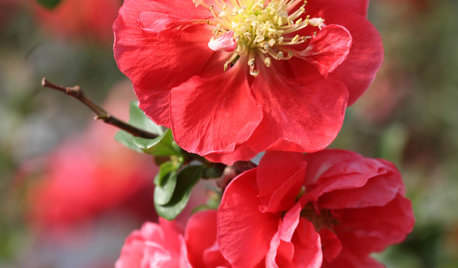
WINTER GARDENINGCalifornia Gardener's January Checklist
Winter-defying blooms and pruning saws earn a cheer, while California-focused gardening design books get a well-deserved shout-out
Full Story
DECORATING GUIDESBook to Know: 'Barclay Butera: Living on the Coast'
Even if your style is modern or elegant, this book can help you bring relaxing elements of the beach to your home's look
Full Story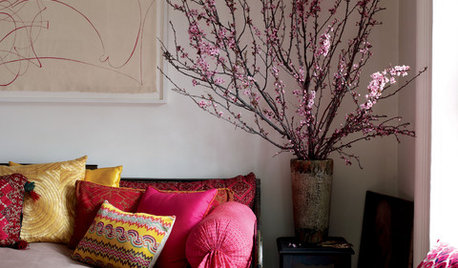
TASTEMAKERSBook to Know: 'Bringing Nature Home'
Florals, fruits and flowering branches lend natural luxury as botanical arrangements for the home
Full Story
FEEL-GOOD HOME15 Cozy Book Nooks and What They Want You to Read
Put the beach reads away; these comfy spaces are creating a fall reading list. What books do they suggest to you?
Full Story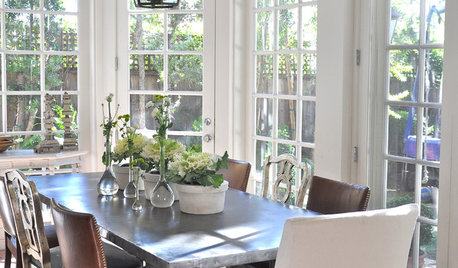
BOOKSBook Tour: Patina Style
See how the chipped, tarnished and rediscovered can inspire your interior design
Full Story
EVENTSSee the Vermont House Where Rudyard Kipling Wrote ‘The Jungle Book’
The author penned many works here, including his children’s classic, which Disney has remade into a movie
Full Story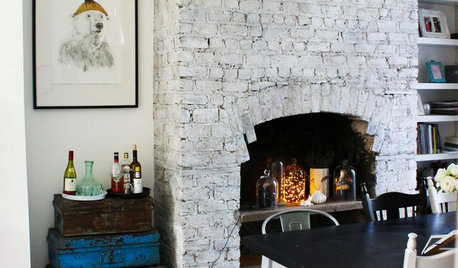
ECLECTIC HOMESHouzz Tour: Comic Book Prints and Vintage Decor Punch Up a Dublin Home
Flowing space and an ever-changing mix of vintage finds are key to this home’s cool, creative look
Full Story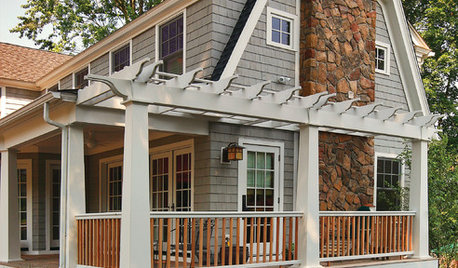
GARDENING AND LANDSCAPINGBook to Know: 'Deck Ideas That Work'
Considering a new deck? Peter Jeswald's handy volume offers loads of design and material ideas
Full Story





yama
edzard
Related Professionals
Costa Mesa Landscape Contractors · Downey Landscape Contractors · Gresham Landscape Contractors · Haverhill Landscape Contractors · North Haven Landscape Contractors · Roseville Landscape Contractors · West Chicago Landscape Contractors · Four Corners Landscape Contractors · Norridge Landscape Contractors · Fredericksburg Decks, Patios & Outdoor Enclosures · Cedar Falls Decks, Patios & Outdoor Enclosures · Framingham Decks, Patios & Outdoor Enclosures · Green Bay Decks, Patios & Outdoor Enclosures · Monroe Decks, Patios & Outdoor Enclosures · Towson Decks, Patios & Outdoor Enclosuresasuka
gardenberry
edzard
yama
Dave_WAOriginal Author
ScottReil_GD
edzard
drtdgr
Jando_1
FranVAz7
gregoryjohn
Jando_1
drtdgr
edzard
Jando_1
yama
Jando_1
gardenberry
ScottReil_GD
Watanabe
gardenberry
yama
yama
yama
yama
kobold
yama
crashboxsus
kobold
kobold
yama
kobold